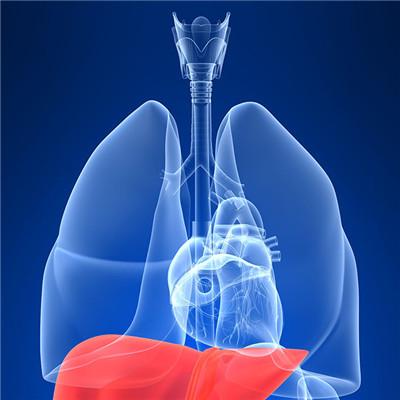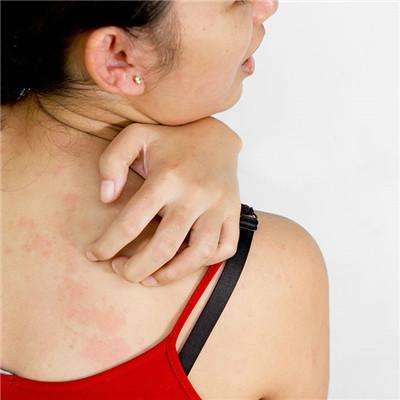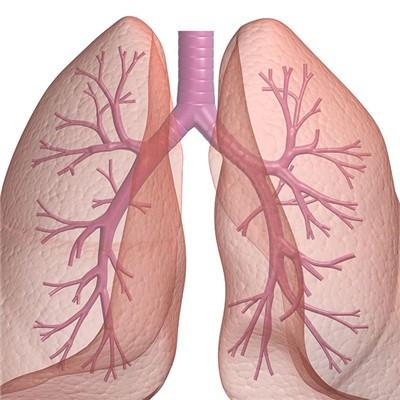What are the symptoms of infectious diarrhea
summary
Diarrhea is the most common in our life, no matter what age group of people, usually because of improper diet or cold and other conditions, will lead to diarrhea. Therefore, this paper introduces the clinical symptoms of infectious diarrhea, hoping to help you better understand the disease.
What are the symptoms of infectious diarrhea
Symptom 1: diarrhea is usually defined as defecation of unformed stool ≥ 3 times per day (24h), or the total amount of unformed stool excreted exceeds 250g per day. Stool can be characterized by loose stool, watery stool, mucus stool, purulent stool or bloody stool. At the same time, abdominal pain, loss of appetite and vomiting may occur. In severe cases, dehydration, electrolyte disorder and even shock may be caused by a large amount of water and electrolyte loss. According to the pathogenesis, it can be divided into secretory diarrhea and inflammatory diarrhea.
Symptom 2: secretory diarrhea. It refers to diarrhea caused by pathogens or their products acting on intestinal epithelial cells, resulting in increased secretion and / or absorption of intestinal fluid. Most of the patients were not accompanied by fever and abdominal pain. The stool was characterized by loose stool or watery stool. Most of the fecal microscopic examination showed no cells, or a few red and white blood cells. In addition to cholera, there are enterotoxigenic Escherichia coli enteritis, diarrhoeal Vibrio enteritis, non-O1 / non-O139 Vibrio cholerae enteritis, norovirus enteritis, rotavirus enteritis, Giardia, Cryptosporidium enteritis, Bacillus cereus diarrhea, Staphylococcus aureus diarrhea, etc.
Symptom 3: inflammatory diarrhea. Pathogens invade epithelial cells, causing diarrhea caused by inflammation, often accompanied by fever, abdominal pain, diarrhea, feces are mostly mucus stool or mucus bloody stool, stool microscopic examination can see more red and white blood cells, belong to this kind of infectious diarrhea in addition to bacillary dysentery, there are also invasive Escherichia coli enteritis, enterohemorrhagic Escherichia coli enteritis, Campylobacter enteritis, enterocolitis Yersinia enteritidis enteritis, Clostridium difficile enteritis, etc. Physical examination: attention should be paid to signs of poisoning, mental state (toxic bacillary dysentery, STEC), signs of dehydration and suggestive abdominal signs.
matters needing attention
As for the symptoms of infectious diarrhea, I believe we have some understanding. After suffering from this disease, we should pay attention to personal hygiene, drink more boiled water and wash hands frequently.















